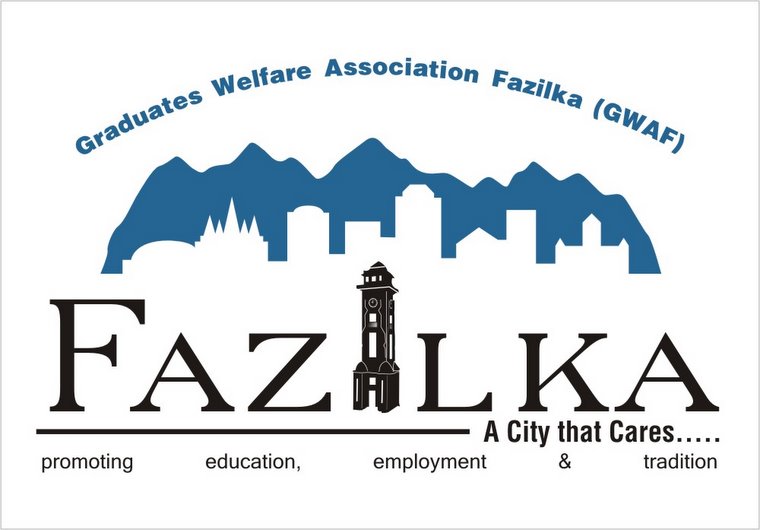Gautam Dheer
Broad, swanky roads meandering along impeccable lush green gardens and finely landscaped roundabouts in French architect Le Corbusier-designed Chandigarh provides a glimpse into what epitomises this city's fondness for good surface driving and public transport.
Chandigarh's well-laid out public transport system, commended as one of the finest in the country, is envy of all, despite the perplexing, albeit factual, contradiction of sorts it lives with.
Here's why. With nearly 8.5 lakh registered vehicles for a population of about 10.5 lakh, Chandigarh has the highest motor vehicle ownership in India, arguably an indicator of a 'deficient' public transport system anywhere. But the city defies this rationale. Its public transport system is equally in vogue. Much of this is because the number of passengers per bus at 2,239 persons is the lowest in India. The figure leaves much to mull for states like Bihar, which is at rock bottom on the charts among other competing states on this count.
Chandigarh's bus occupancy ratio is scoring high at 92 per cent, its fleet is the youngest and the city synergies put public transport on a fast track. In fact, notwithstanding criticism at times from certain avant-garde planners and architects, Le Corbusier's master plan for Chandigarh effectively denote the significance of public transport system. Corbusier's plan puts in place a matrix of bus stops on grids at barely 200 meters from the roundabouts so as to serve the four pedestrian entrances into a sector in the city.
Why better off?
So what is it that makes this Union Territory's public transport model stand out among the rest? Chandigarh is one of the few cities, if not the lone one in the country, which is designed on a 'grid-iron road' pattern, Navdeep Asija, an IIT Delhi graduate and an expert in road and transport engineering, said. "Roads here run on a grid system, often parallel to each other. The design provides a effectively functional transport system where the average trip for passengers is short and consumes much less time," he said. Chandigarh's transport fleet of 417 buses is the youngest in India. The average age of a bus is three years, something which must hurt Gujarat's much exhibited development model given that the average age of a bus in Modi's state capital Ahmedabad is seven years. Bangalore is closest to Chandigarh as far as age and health of a bus goes.
A recent comprehensive study on city's public transport system, conducted by Navdeep Asija – the man credited for launch of eco-cab rickshaws in Punjab - brings out more about its numero uno status. Chandigarh has the best 'walk-to-bus' concept, he said. "A walk of 500-metres or less is often considered favourable for use of public transport. If more, it is considered discouraging. Chandigarh on an average leaves passengers to walk barely 300 metres," Navdeep said. The study reveals that nearly 25 per cent of the city prefers public buses.
Notwithstanding the fact that some of the well-cushioned air-conditioned buses in Chandigarh provide cheap hotspot 'dating-on-wheel' options for teenagers, a high of 50 per cent passengers use this mode of transport for office purposes. "An encouraging 17 per cent use it for fulfilling educational pursuits", the study said. The efficient public transport system in Chandigarh comes as a dampener for autorickshaw drivers. The study says that the auto share in dispersing passengers is just about 12 per cent.
So how does Chandigarh cope with this dichotomy of sorts of side-by-side growth of both the public transport system and private transport, including many high-end luxury cars in a city that boasts of the highest per capita income in the country. The answer, says Navdeep, lies in the high usage of public transport by residents of city's satellite townships. "Against 12 cars per 1000 persons in India, Chandigarh has around 800 cars per thousand persons, fast closing up to the figure that exists in the US. At the same time, public transport enjoys considerable support. Its large subscribers are people who commute from many neighbouring townships," he opined.
Certain bus stops on the grid system offer electronic public display systems which spell out handy information like time of arrival of next bus at the stop. A top official of the UT administration said more ways to reduce pressure on the city roads are being worked out, including an aggressive plan to have multiple modes of transportation like the metro rail for which preparation of a detailed project report is underway. Dedicated lanes for movement of traffic is also being planned, he said.
http://www.deccanherald.com/content/217536/fast-lane-corbusiers-chandigarh.html


No comments:
Post a Comment